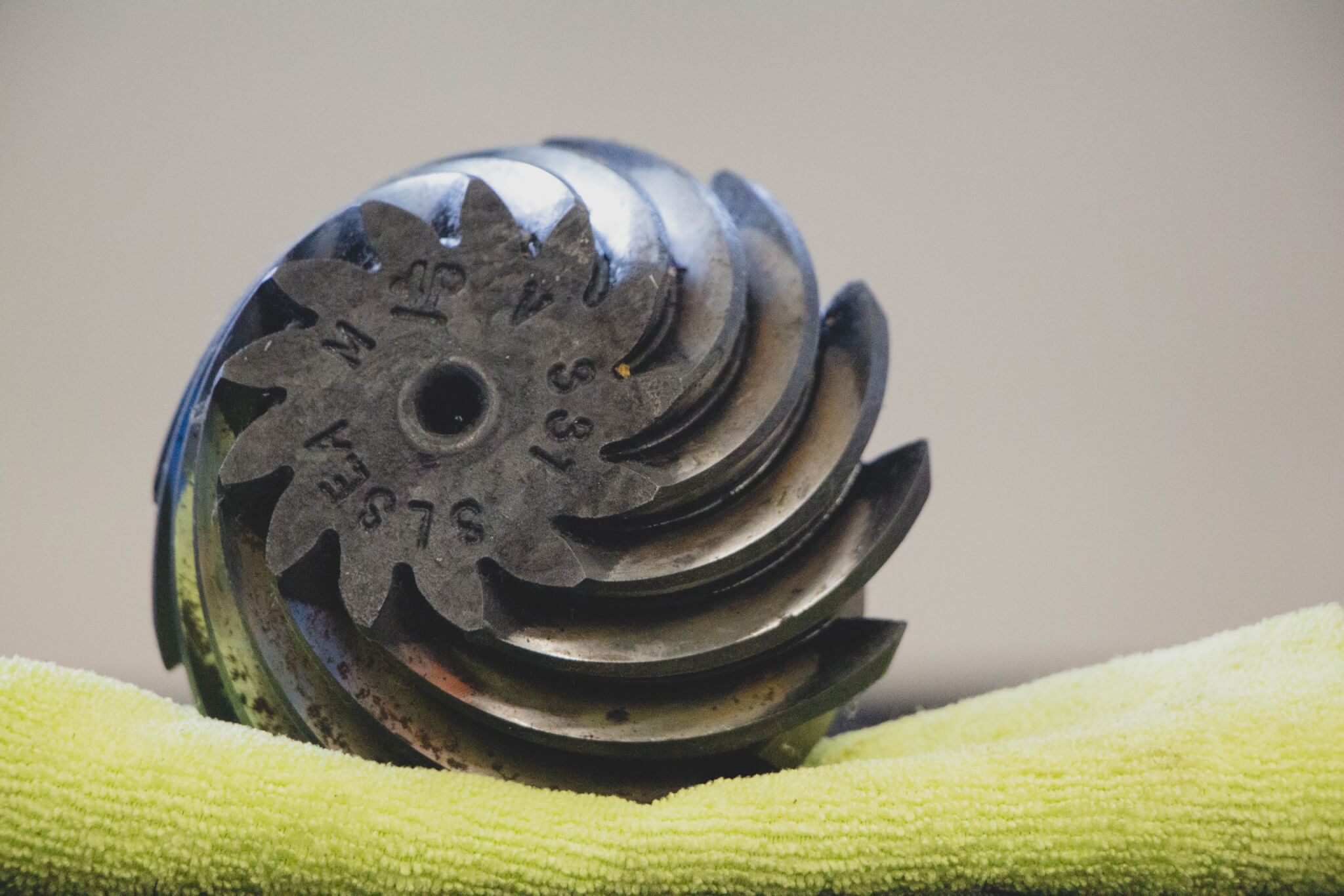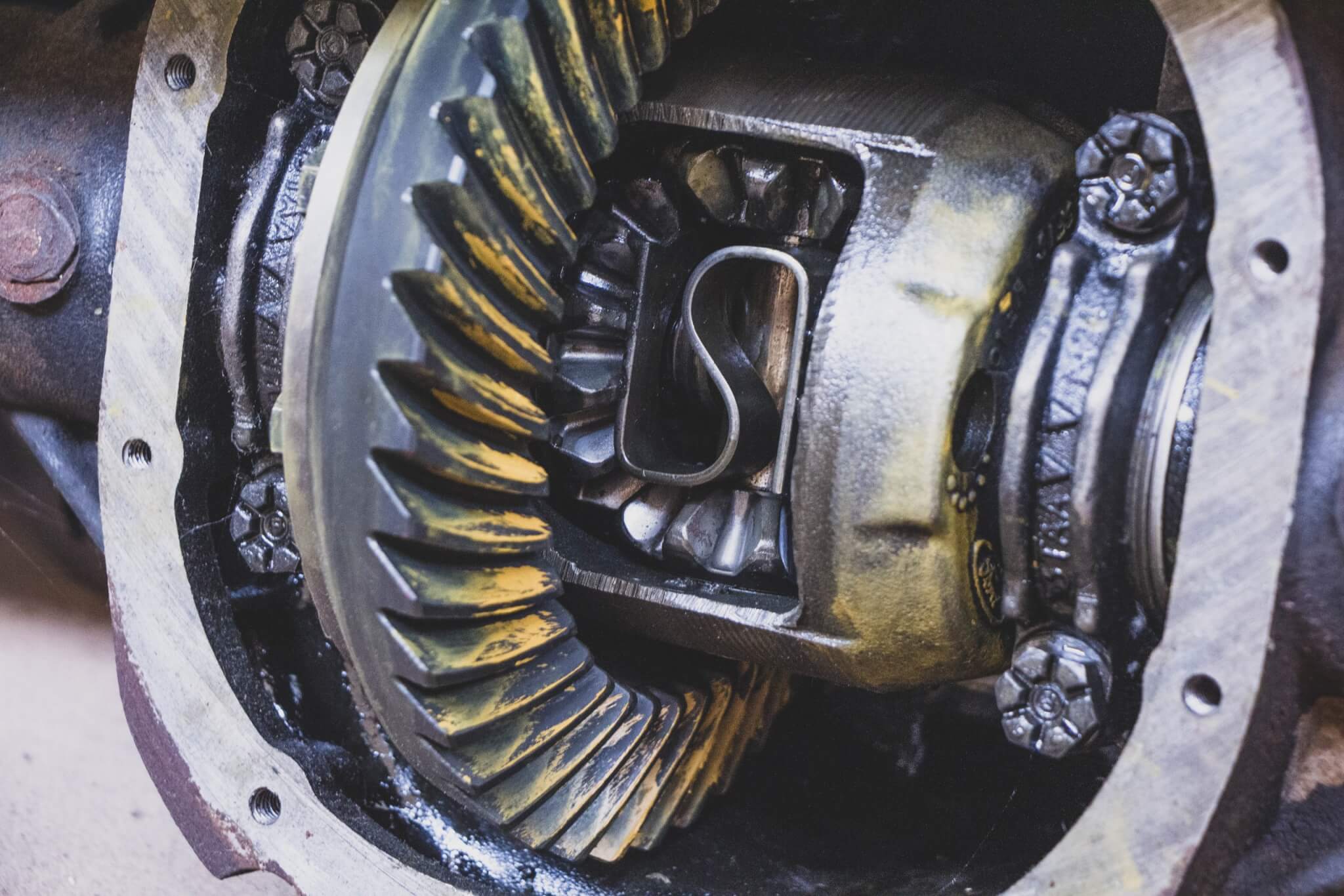Using your shop’s Cost of Doing Business (CODB) as a baseline for labor rates.

I’m going to make a list of numbers, and I want you to see if you can tell me where you might know them from. Ready? Here goes: 3.23, 3.42, 3.73, 4.10, 4.11, 4.56. Rest your eyes here because the answer is in the next paragraph.
My suspicion is if you’ve taken apart cars for any significant period of time, you were able to quickly identify those as common ring and pinion ratios. It’s kind of funny, isn’t it, that those numbers are so memorable? It’s because they are very specific and not simple whole integers, like “Oh, that truck has a set of fours (4.00) in the rear end.” In fact, nice even gear ratios like that are kind of hard to find. Did you know there is a reason for that? It’s nerdy and fascinating all at the same time: the hunting tooth gear ratio.
A gear ratio is simply the number of teeth on the driven ring gear divided by the number of the teeth on the pinion drive gear. For instance, a set of 4.10 gears has 41 teeth on the ring gear and 10 on the pinion. 3.73 gears also have 41 teeth on the ring, but the pinion has 11. This math is the driving force behind a very basic tenet of power transmission via gear: hunting tooth design.

13 teeth on this pinion gear. That’s not a coincidence. Photo by Lemmy.
The best gearset is one where both tooth counts mathematically have no common factors. When arranged this way, a tooth on the drive gear will touch every single tooth on the opposite (driven) gear once before touching that same tooth again.
If both counts are prime numbers, that’s a dang good way to get such a ratio, but it is possible to get a hunting tooth ratio using what are known as mutually prime integers. Mutually prime integers are merely two numbers that have no factors in common except for one.
In practice, when there are no common factors in the tooth counts, any one tooth in the gearset is “hunting” for its mate. Here’s a good visual representation where one gear combo (7 & 19) are both prime and yield a hunting ratio and the other combo (7 & 14) has only one prime and does not yield a hunting ratio.
41 and 11 share no common factors. But in my less-than-desirable example of 4.00 gears, 40 and 10 would share a factor of two, a factor of five, and a factor of 10.
This design has a pile of benefits. The first is the ability to spread wear over the greatest number of teeth evenly. In a set of teeth with common factors, the common factor teeth will wear much more than a tooth to either side. In a hunting tooth design, though, wear is spread evenly onto all teeth on a gear.

Normally an automotive differential is filled with gear lubricant, but it also contains copious amounts of math. Photo by Lemmy.
The second benefit of hunting tooth design is in minimizing damage. If a tooth is rough or chipped, there is no “corresponding” tooth on the other gear to keep receiving damage. Instead, the damage is spread evenly over all the teeth, so even in a catastrophic situation, maximum wear is achieved. Similarly, as Hermann J. Stadtfeld of the Gleason Corporation wrote, gear break-in is vastly improved since the break-in occurs over the greatest amount of teeth possible and with the greatest variation of potential “partner” teeth.
Noise is often reduced as well due to superior harmonics which is obviously important in automotive applications.
The final benefit, as Dr. Stadtfeld notes, is the simplicity of reassembly. Indexing the gears relative to one another is a pointless endeavor as the hunting tooth pattern requires teeth of a gear “get to know” all the teeth of its corresponding gear. There’s no point indexing or marking gears if you’re reassembling a matched set.
You’ll find use of hunting tooth ratios all over the place if you start looking. Beyond use in differentials, you’ll find hunting tooth gearsets in vehicle transmissions, too. They’re also pretty common in motorcycles utilizing chain final drive, as well—there’s a third factor there, too, which is the number of links in the chain. Hold that thought, because we’ll come back to it.
Another place you might find hunting tooth ratios is inside the timing cover. At first, this seems impossible, since the ratio for a four-stroke engine must be exactly two revolutions of crank for every one rev of the cam—a hunting ratio is not possible here. However, there are ways around this, too. Remember our motorcycle chain from earlier? The hunting tooth concept matters for both gears AND sprockets. At some point it was realized even the 2:1 ratio could be implemented for cams, too, so long as they were driven by chain or belt having a number of teeth without a common factor for either sprocket. In this way, the chain serves as the hunting tooth, yet the perfect 2:1 ratio requirement is maintained. As an example, a popular aftermarket timing set ratio for small-block Chevy uses a 44-tooth cam gear, a 22-tooth crank gear, and a chain with 29 links.
That having been said, hunting tooth ratios are probably a bit more critical for gear-driven items than chain. “The Complete Guide to Chain” by U. S. Tsubaki states, “The factors that affect chain wear are very complicated. There are many considerations, such as lubrication, assembly accuracy, condition of produced parts, and the method of producing parts; therefore, wear value can’t be greatly improved by merely changing one factor.”
But I guess every little bit helps, and if you’ve got the opportunity to work prime numbers into a design, it probably makes sense to do so if packaging and cost remain unaffected.

The longevity theory must hold up under scrutiny—it’s not uncommon to find differentials still in service (or ready to be put back into service, in this case) for half a century or more. Photo by Mike Apice.
If you want a geartrain to live a long and happy life, you probably wanna hit the books and do a little math before you pick up a wrench. Math may be for nerds, but it appears as though nerds would have long-lasting sprockets and gears in their cars. Sign me up.
The articles and other content contained on this site may contain links to third party websites. By clicking them, you consent to Dorman’s Website Use Agreement.
Participation in this forum is subject to Dorman’s Website Terms & Conditions. Please read our Comment Policy before commenting.